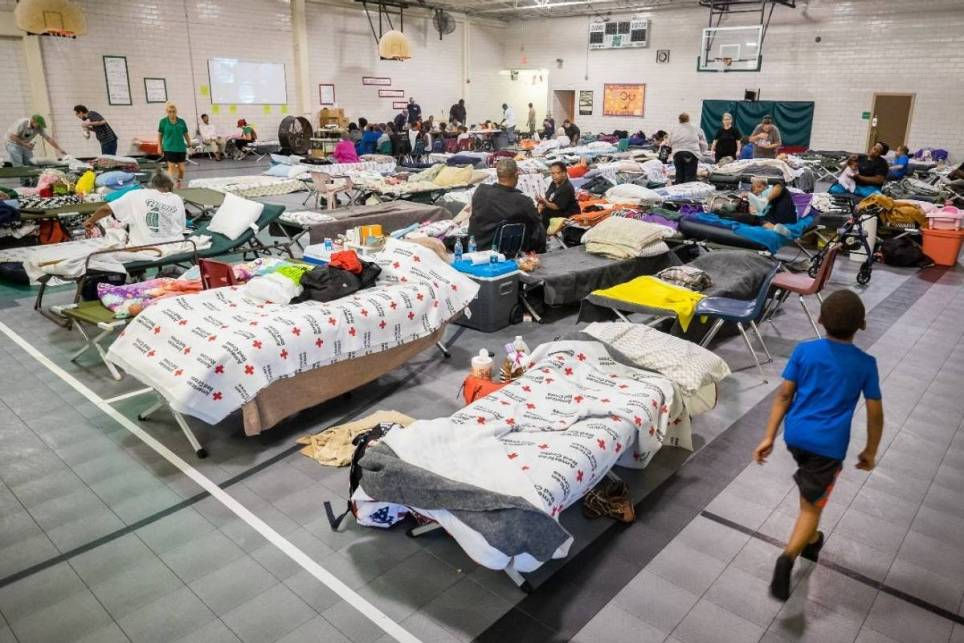Get Prepared for Hurricane Season 2024!
- 001S

- Aug 12, 2024
- 2 min read
Creating a Hurricane Preparedness Plan is crucial for ensuring your family’s safety and minimizing damage during a hurricane. Here’s a step-by-step breakdown:
1. Understand the Risks
Know Your Zone: Identify if you live in a hurricane-prone area and understand the risks specific to your region.
Emergency Alerts: Sign up for local weather alerts and notifications from emergency management agencies.
2. Create an Emergency Kit
Basic Supplies: Pack essentials like water (one gallon per person per day for at least three days), non-perishable food, a manual can opener, and a battery-powered or hand-crank radio.
First Aid Kit: Include bandages, antiseptic, medications, and other medical supplies.
Personal Items: Don’t forget important documents, cash, and any necessary prescription medications.
Tools and Supplies: Flashlights, extra batteries, a multi-tool, and duct tape can be useful.
Comfort Items: Blankets, clothing, and other comfort items like books or toys for children.
3. Plan Your Evacuation
Evacuation Routes: Familiarize yourself with the nearest evacuation routes and shelters.
Transportation: Ensure your vehicle is in good condition and has a full tank of gas. Make arrangements for transportation if you don’t have a car.
Family Meeting Place: Establish a meeting place outside your home where everyone can gather if separated.
4. Develop a Communication Plan
Contact Information: Ensure all family members have a list of emergency contacts, including out-of-town relatives or friends.
Communication Methods: Decide how you’ll communicate if cell phones are not working (e.g., a designated contact person outside the area).
5. Prepare Your Home
Secure Windows and Doors: Use storm shutters or plywood to protect windows and doors from wind and debris.
Clear Yard: Remove or secure outdoor furniture and other items that could become projectiles.
Check Roof and Gutters: Ensure your roof is in good condition and gutters are clear to handle heavy rain.
6. Plan for Pets
Pet Supplies: Include food, water, medications, and other supplies for your pets.
Pet Shelter: Find pet-friendly shelters or arrange for a safe place for your pets if you need to evacuate.
7. Consider Special Needs
Medical Needs: Plan for any family members with special medical needs, including backup supplies and medications.
Childcare: Have a plan for children, including any special needs they may have.
8. Practice and Review
Drills: Regularly practice your evacuation and emergency plans with your family.
Update Plan: Review and update your plan annually or when changes occur in your family or living situation.
9. Stay Informed
Weather Updates: Continuously monitor weather updates from reliable sources like the National Hurricane Center.
Local Emergency Services: Stay informed about local emergency services and their recommendations.
10. Post-Hurricane Plan
Damage Assessment: Only return home when authorities say it’s safe. Inspect your home for damage carefully.
Insurance: Contact your insurance company to report damage and start the claims process.



Comments